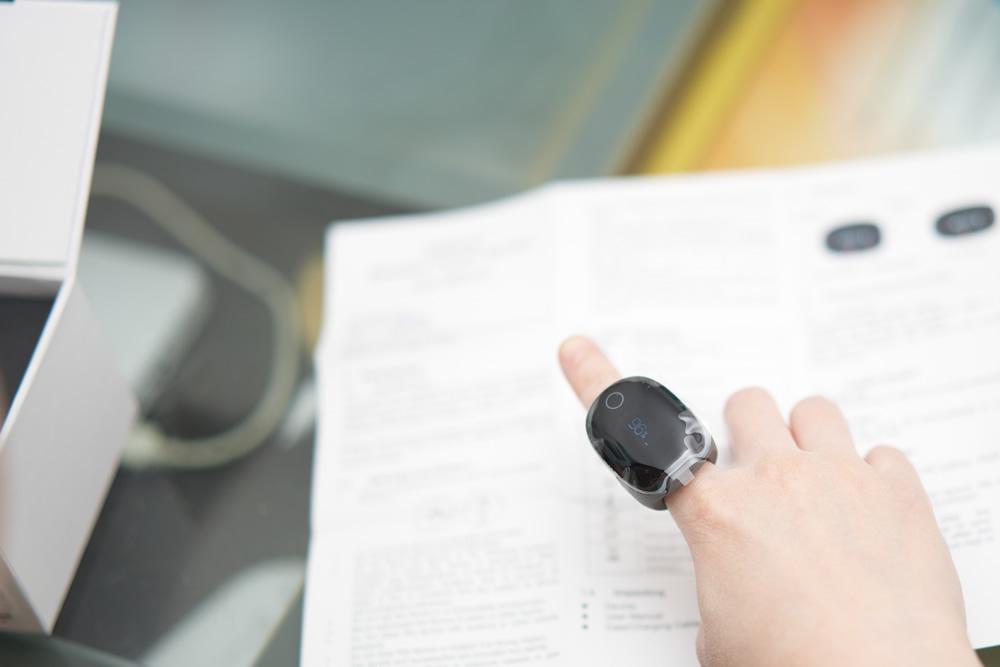In the global market, medical devices must adhere to stringent regulatory standards, and their manuals need to be accessible and comprehensible to users across diverse regions. Localization, the process of adapting content to meet the linguistic, cultural, and regulatory requirements of a specific target market, is essential for the success of medical device manuals. Here are key insights into effective localization strategies for translating these critical documents.
Understanding Localization vs. Translation
Localization goes beyond mere translation. While translation focuses on converting text from one language to another, localization adapts the content to fit the cultural context and regulatory environment of the target market. This involves adjusting measurements, date formats, images, and even colors to resonate with local users.
Key Strategies for Localizing Medical Device Manuals
Collaborate with Native Medical Experts: Engage native speakers who are also experts in the medical field to ensure accurate translations. These professionals understand both the language and the specific medical terminology, reducing the risk of errors and ensuring clarity.
Adhere to Local Regulatory Requirements: Each country has its own regulations for medical devices. Ensure that the localized manuals comply with these regulations. This includes using approved terminology, including necessary warnings and disclaimers, and following format requirements.
Use Consistent Terminology: Consistency in terminology is crucial for medical device manuals. Develop and maintain a comprehensive glossary of terms that translators and localizers can refer to. This ensures that the same terms are used consistently throughout the document.
Implement a Robust Quality Assurance Process: Localization should include a thorough quality assurance process. This involves multiple rounds of review and validation by both language experts and medical professionals. Quality assurance helps catch errors and ensure the accuracy and reliability of the localized content.
Leverage Technology: Utilize translation management systems (TMS) and computer-assisted translation (CAT) tools to streamline the localization process. These technologies can help manage large volumes of text, maintain consistency, and speed up the localization process.
Incorporate Cultural Sensitivity: Pay attention to cultural nuances that may affect the interpretation of the manual. This includes adapting images, colors, and symbols that may have different meanings in different cultures. Cultural sensitivity ensures that the manual is not only understood but also accepted by the target audience.
Focus on User Experience: The primary goal of localizing medical device manuals is to ensure that users can effectively and safely use the device. Design the manual with the end-user in mind, using clear and straightforward language, easy-to-follow instructions, and intuitive layouts.
Conduct Field Testing: Before finalizing the localized manual, conduct field testing with a sample of the target audience. This can provide valuable feedback on the clarity and effectiveness of the manual, allowing for any necessary adjustments before full-scale distribution.
The Role of Professional Localization Services
Partnering with professional translation agencies can significantly enhance the quality and effectiveness of medical device manuals. Companies like Powerling offer specialized localization services that cater to the unique needs of the medical device industry. They bring expertise in both linguistic and medical fields, ensuring that the manuals are accurate, compliant, and culturally appropriate.
Bottom Line
Localization is a critical component in the global distribution of medical devices. By implementing effective localization strategies, companies can ensure that their medical device manuals are accurate, user-friendly, and compliant with local regulations. This not only enhances the safety and usability of the devices but also builds trust and credibility with international customers. Partnering with experienced localization providers can further streamline the process and ensure the highest standards of quality and compliance. Reach out today if you have any localization questions you need to address. We're here to help.

